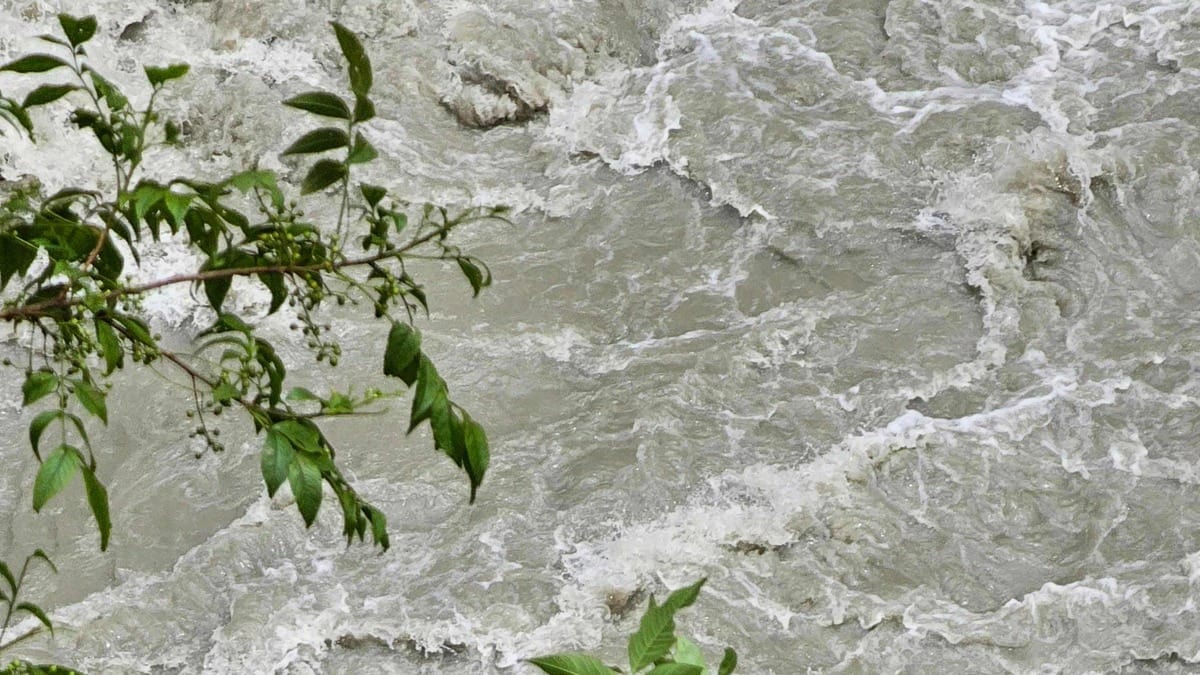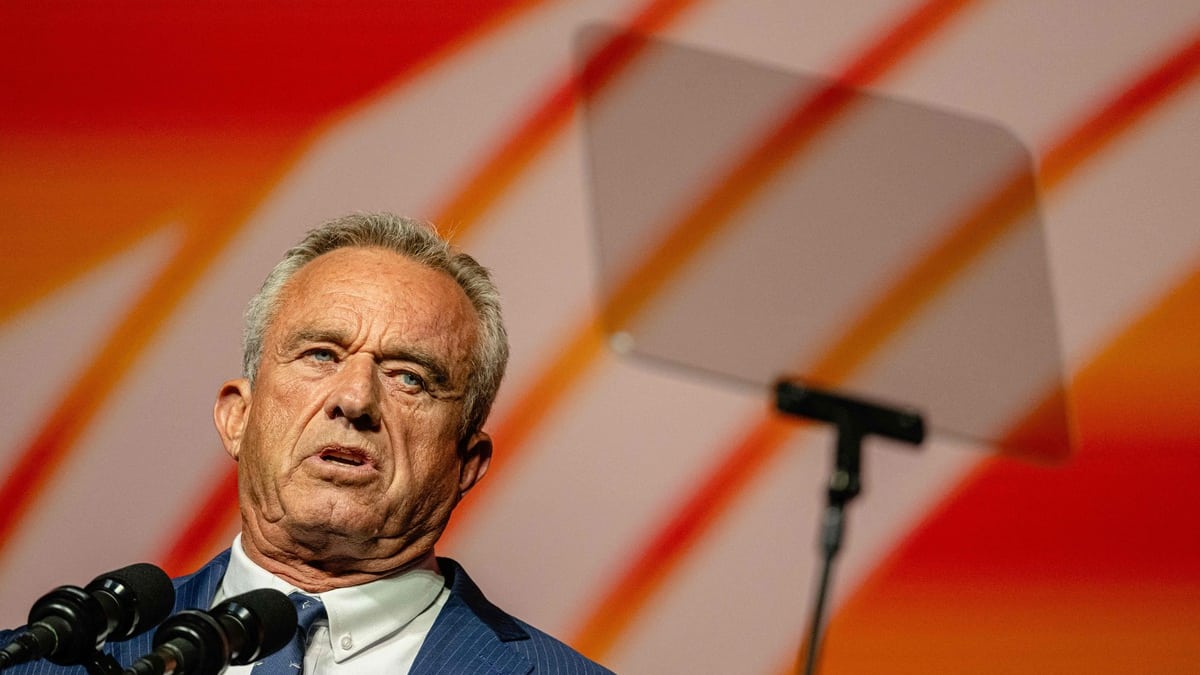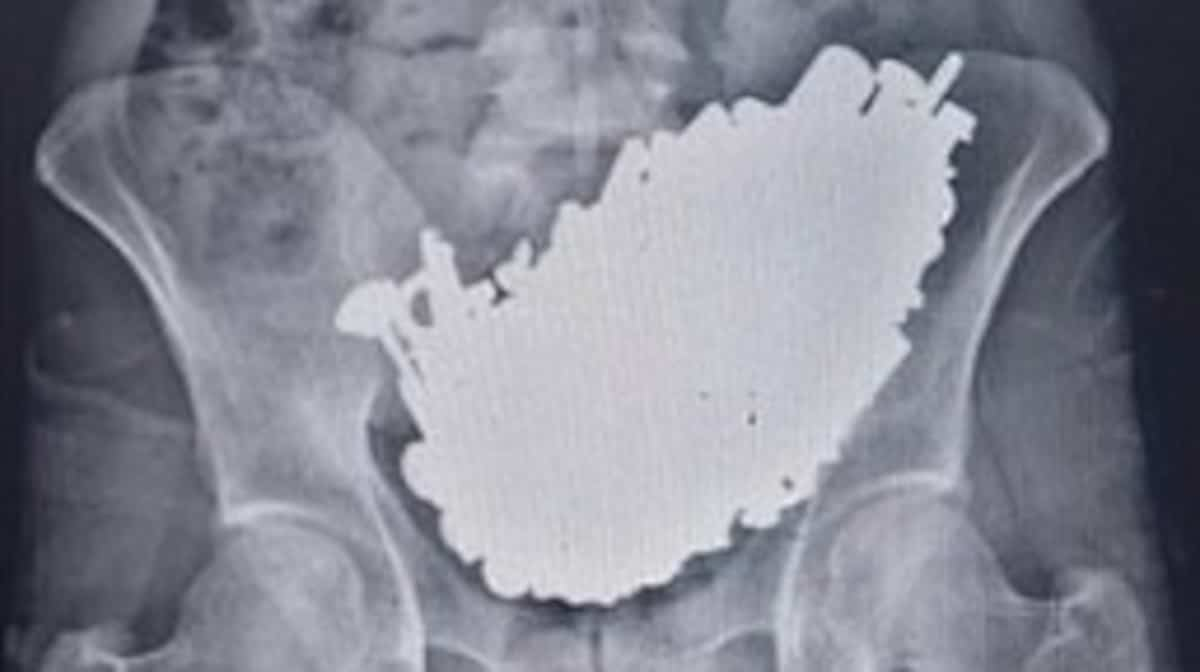
It’s a paradox: the more sun shines, the more the photovoltaic installation of German businessman Jens Hausmann has a high chance of being disconnected from the power grid, a waste of energy but so precious in times of this energy crisis.
“There are outages every day,” laments to AFP this small solar producer, whose panels line the roof of a carrier in Urach, northern Bavaria.
In the nearly 200 days since the beginning of the year, its installation has been off for more than half the time.
The current generated during these separations is thrown into the trash, because the network does not have the ability to transmit it.
A contractor can supply electricity to about fifty homes. Instead, it will not have turned over half of its production capacity by the end of the year.
“It is a deception towards the population,” he gets angry.
He is even more alarmed because at the same time electricity prices are rising in the aftermath of the war in Ukraine, and the government constantly declares that it wants to encourage clean energies in Germany in order to reduce dependence on Russian fossil fuels and to achieve its climate goals.
He is not the only victim: “disconnections” from the grid have multiplied in recent years in his area, mainly targeting large PV installations.
Domestic operator N-Ergie, which is buying Jens Husemann’s production, is well aware of the problem, but has no choice but to intervene in the face of increasing bottlenecks or in the event of network maintenance.
“We are currently seeing – and fortunately – an extreme increase in PV parks, as we have not seen before in the past,” confirms Rainer Kledorfer, head of development at the operator.
But when a year or two is urgently needed to commission a park, the extension of “network infrastructure to be implemented in parallel lasts five to ten years,” he points out, notably because of the very lengthy administrative licensing procedures.
The result: The number of outages has steadily increased in recent years, especially around the “midday peaks,” when the sun shines most intensely.
The phenomenon of production blowing up while the grid can’t keep up is affecting wind power even more and nationally, says Karsten Kornig, director of the Solar Consortium.
With regard to solar energy, he says, the problems are still relatively limited and regionally, and Bavaria and some large PV parks in East Germany have been the hardest hit.
For the future, Mr. Koenig fears that the problem will worsen in rural areas, particularly “if the political decision-making process aimed at developing the network according to needs continues for too long”.
According to the latest available official data, 6.1 TWh of electricity produced in 2020 cannot be used by renewable energies in Germany due to the poor grid.
If we take the average consumption of 2500 kWh for a household of two people, this represents a volume of electricity for about 2.4 million such households lost.
The Federal Network Agency wants to be reassuring.
“The idea that developing a network aligned with the needs will not be shared publicly,” says a spokesperson for the foundation.
Admittedly, it acknowledges delays that are partly due to lengthy authorization procedures or an increased workload by specialist firms.
Annoying that the regular cuts of his facility can be annoying, Jane Houseman wouldn’t lose much financially.
The operator must already compensate him with over 35,000 euros for electricity that will not be able to cut all the way to the power outlet.






